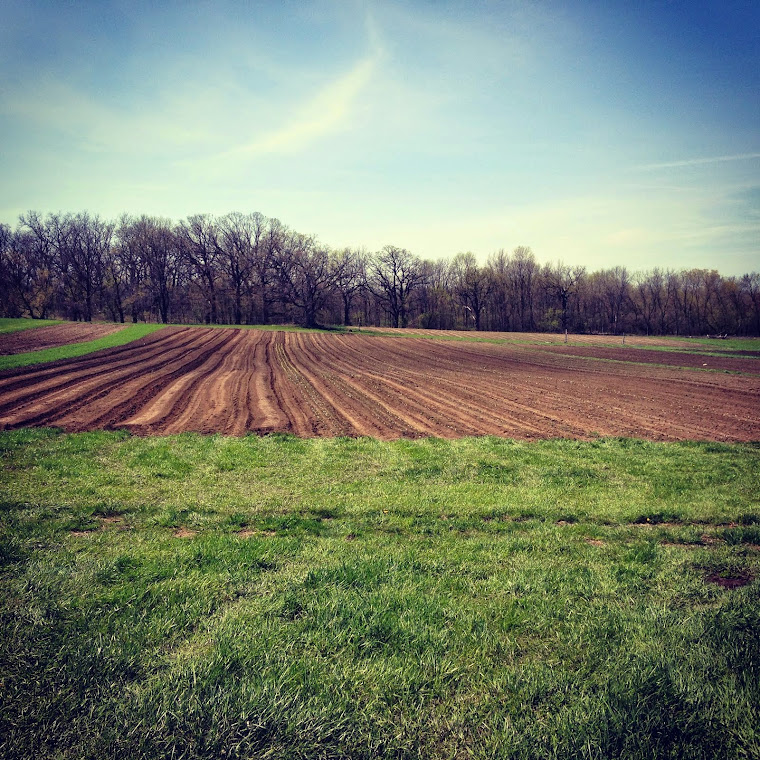The Domaine de Chaumont-sur-Loire has been recognized as a “jardin
remarquable” (remarkable garden) by the Ministry of Culture. My
most recent evening trip there made clear why. Centuries old
structures meet with a variety of impeccably maintained landscapes,
from richly antiquated gardens to extremely modern installations.
Created by landscape architects, artists, botanists, designers, and
gardeners, they have all been invited by the Domaine or selected as
winning entries for the international Garden Festival competition,
held yearly on site.
It is a prime example of why in the industry we call such gardens
“living museums.” A setting where time and place converge to
create a historical, cultural, and aesthetically powerful experience.
Walking through the compound the gardens become a work of art,
stimulating imagination, respect, and a sensitivity to the beauty of
the natural world. As I weaved through le potager (the kitchen
garden), I came across a well known sight gaining momentum around the
world: a vertical garden.
Presented for the first time by Patrick Blanc at the Garden
Festival of Chaumont-sur-Loire in 1994, vertical plant walls make it
possible to introduce biodiversity into urban cityscapes. This is
an exciting idea as we continue into our human-centric Anthropocene
era. The migration of human populations into urban areas demands a
landscape design that will conserve, create, and embrace the natural
world. Because cities do not exist as islands in isolation, and
instead use areas of land many factors larger than their own surface
footprint, properly and ecologically designed cities will perhaps
offer the best hope for the survival of Earth's species and
ecosystems.
Robert Krulwich at NPR made the famous comparison of how cities
use land area when stating that “a megacity that housed the entire
population of the world at a similar concentration to the density of
Paris would occupy close to 350,000 square kilometers, or 3 U.S.
States. But if these citizens lived side-by-side in ranch houses,
they would require an additional four planets-worth of land to
satisfy their resource demands.” As we do not have four planets, it
is clear that the urban landscape demands an efficient design that
goes beyond housing many people in one locale. Urban landscapes must be designed in ecologically efficient ways, so
that the opportunity of regenerative or sustainable cities can be realized.
This transition will involve incredible shifts in not only how we view urban systems design, but also the way we choose to live our lives (a
very small sentence for such a large actuality). Current
urban ecology efforts to study the city and biophysical interactions
within it, much like the traditional approach to ecosystems research,
offer multiple solutions. The efforts of hobby farmers, beekeepers,
urban agrivists, and the like also offer solutions. Each and every
urban farm, rooftop farm, abandoned lot grown over by guerilla
gardeners, and balcony or fire-scape with a few pots on it is also a
great step in the right direction. What steps are you taking?
If you are interested in what cities around the world are doing currently to become more ecologically efficient, check out the link below.

No comments:
Post a Comment